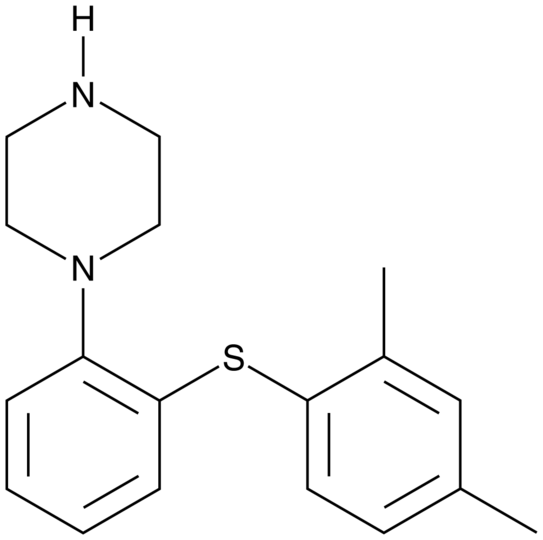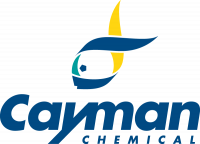If you have any questions, please use our Contact Form.
You can also order by e-mail: info@biomol.com
Larger quantity required? Request bulk
You can also order by e-mail: info@biomol.com
Larger quantity required? Request bulk
Viewed

| Keywords: | 1-[2-[(2,4-dimethylphenyl)thio]phenyl]-piperazine |
| Supplier: | Cayman Chemical |
| Supplier-Nr: | 30183 |
Properties
| Application: | Serotonin receptor antagonist |
| MW: | 298.4 D |
| Formula: | C18H22N2S |
| Purity: | >98% |
| Format: | Crystalline Solid |
Database Information
| CAS : | 508233-74-7| Matching products |
| KEGG ID : | K04153 | Matching products |
Handling & Safety
| Storage: | -20°C |
| Shipping: | -20°C (International: -20°C) |
| Signal Word: | Warning |
| GHS Hazard Pictograms: |
|
| H Phrases: | H361, H371, H373 |
| P Phrases: | P201, P202, P260, P264, P270, P280, P314, P308+P311, P308+P313, P405, P501 |
